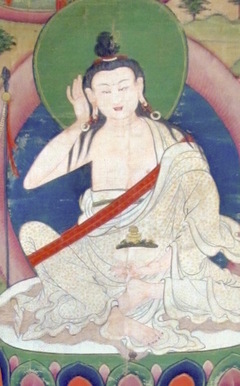Songs and Poems Series
English (114) | Deutsch (30) | Español (9) | Français (36) | Português (9) | Italiano (4) | 中文 (16) | བོད་ཡིག (114)
A selection of spiritual songs (mgur; glu) or poems:
English (114) | Deutsch (30) | Español (9) | Français (36) | Português (9) | Italiano (4) | 中文 (16) | བོད་ཡིག (114)
A selection of spiritual songs (mgur; glu) or poems:

Shabkar Tsokdruk Rangdrol
Courtesy of Himalayan Art Resources